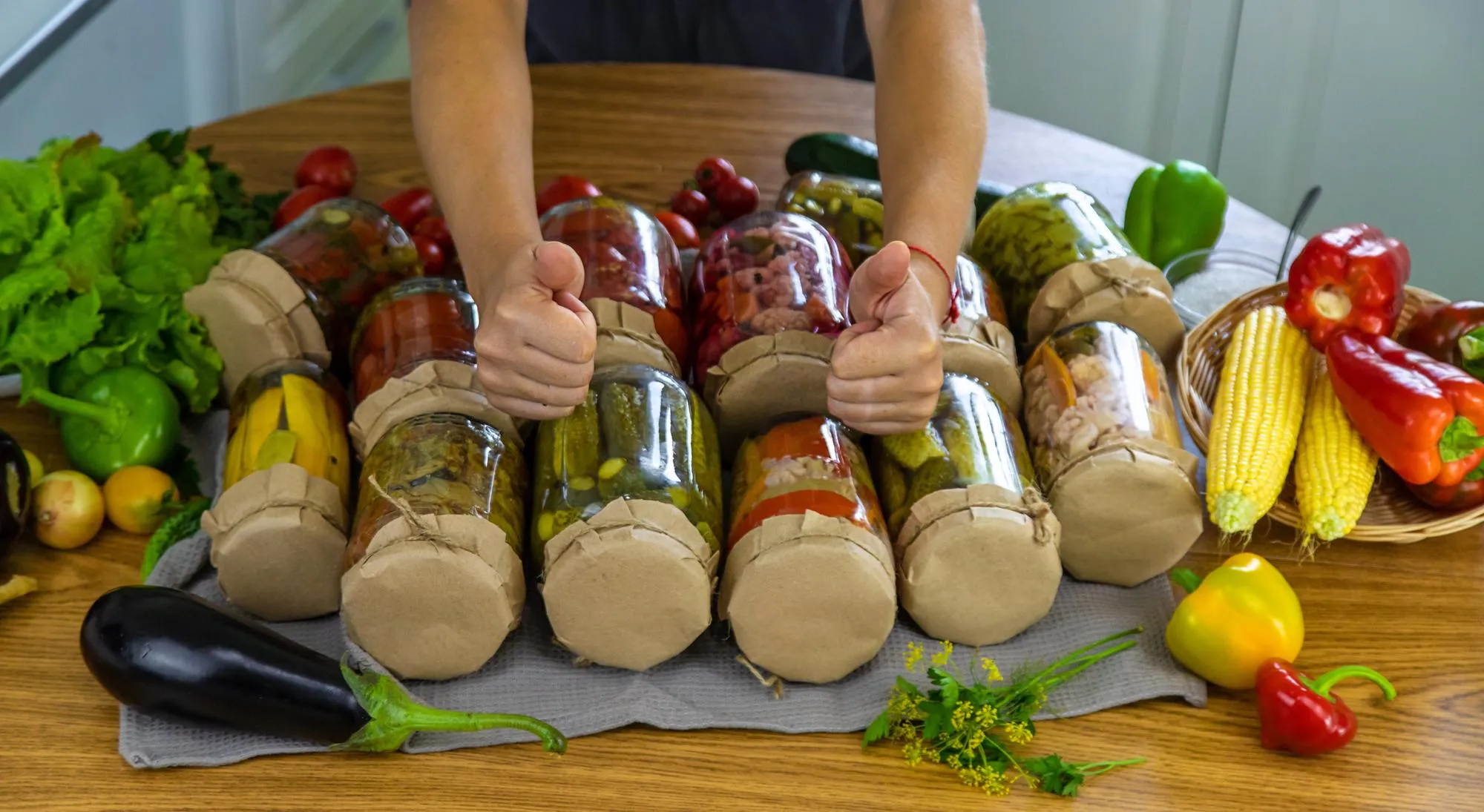In a breakthrough that promises to revolutionize the food packaging industry, a team of researchers at the Hefei University of Technology and Chaohu University in Anhui, China, has successfully developed chitosan-based bactericidal films incorporated with tungsten trioxide (WO₃), capable of photocatalytic action. The new film possesses the ability to actively combat bacterial contamination in food preservation, a feat detailed in the “Carbohydrate Polymers” journal on January 16, 2024 [DOI: 10.1016/j.carbpol.2023.121681].
The Discovery
The research article, titled “Photocatalytic chitosan-based bactericidal films incorporated with WO₃,” unveils the mechanism and efficiency of the newly synthesized composite films. The lead authors, Feng Xiao and Yewen Xiao, up to Hualin Wang, an author affiliated with both Hefei University of Technology and Anhui Institute of Agro-Products Intensive Processing Technology, have spearheaded the innovation that can significantly extend the shelf life of perishable commodities, with potentials for widespread application in the food industry.
Photocatalysis Meets Chitosan
Chitosan is derived from chitin, a natural carbohydrate polymer found in crustacean exoskeletons, and has gained attention for its biocompatible, biodegradable, and antimicrobial properties. Combining chitosan with WO₃ introduces photocatalytic capabilities to the film, enabling it to actively scavenge ethylene, which is responsible for the ripening and decay of many fruits and vegetables.
The photocatalytic reaction is initiated under light exposure, leading to the creation of reactive oxygen species that are effective in killing bacteria such as Escherichia coli, commonly present in food contamination scenarios. The research, which was carried out comprehensively between October 15 and November 24, 2023, with additional revisions leading up to December 7, 2023, demonstrates the capability of the chitosan-WO₃ films in eliminating bacterial threats while also safeguarding against spoilage due to ethylene.
Ethylene Scavenging – A Dual Approach
One of the most significant advantages of the innovative material lies in its dual approach. Not only does the film exhibit antibacterial properties sufficient to kill pathogens, but it also acts as an ethylene scavenger, thus delaying the ripening and decay of fruits such as bananas. The research delineates that the ethylene scavenging phenomenon is facilitated by the photocatalytic action of the WO₃ additions, targeting both microbial inhibition and spoilage prevention.
The Ternary Z-Scheme Heterojunction
At the heart of the film’s photocatalytic action is the ternary Z-scheme heterojunction formation. The authors have meticulously illustrated how this structure, involving chitosan, WO₃, and the photosensitizing agent, allows for the separation and transfer of photo-generated charge carriers, thus enhancing bactericidal activity. This technology is a promising avenue for developing sustainable and environmentally friendly food preservation solutions.
No Conflicts of Interest
Ethical transparency has been maintained throughout the research process, with a clear declaration of no competing interests, a step that strengthens the credibility and trustworthiness of the findings.
Potential Impact
The introduction of chitosan-based films with enhanced photocatalytic properties can have profound implications for the food packaging industry. Incorporating these films into the packaging could mean a significant reduction in food waste, extended shelf life for produce, and a reduction in the reliance on chemical preservatives, thus contributing to a safer and more sustainable food supply chain.
Looking Forward
This novel innovation has set the groundwork for further research and development into smart packaging solutions. As the team plans to continue exploring the practical applications and possible scaling up of production, the food preservation landscape looks set to embrace a new era of sustainable solutions geared towards tackling global food safety and waste challenges.
References
1. Xiao, F., Yewen, Y., Wei, J., Linlin, L., Yimeng, Z., Minmin, C., & Hualin, W. (2024). Photocatalytic chitosan-based bactericidal films incorporated with WO₃. Carbohydrate Polymers, 328, 121681. [DOI: 10.1016/j.carbpol.2023.121681]
2. Bajpai, S. K., Sharma, S. (2004). Investigation of Swelling/Dehydration Behaviour of Alginate Beads Crosslinked with Ca2+ and Ba2+ Ions. React Funct Polym, 59(2), 129-140.
3. Rinaudo, M. (2006). Chitin and Chitosan: Properties and Applications. Prog Polym Sci, 31(7), 603-632.
4. Fujishima, A., Zhang, X., Tryk, D. A. (2008). TiO2 Photocatalysis and Related Surface Phenomena. Surf Sci Rep, 63(12), 515-582.
5. Chen, X., Mao, S. S. (2007). Titanium Dioxide Nanomaterials: Synthesis, Properties, Modifications, and Applications. Chem Rev, 107(7), 2891–2959.
Keywords
1. Chitosan-based bactericidal films
2. Photocatalytic food packaging
3. WO₃ incorporation in chitosan
4. Ethylene scavenging technology
5. Sustainable food preservation
